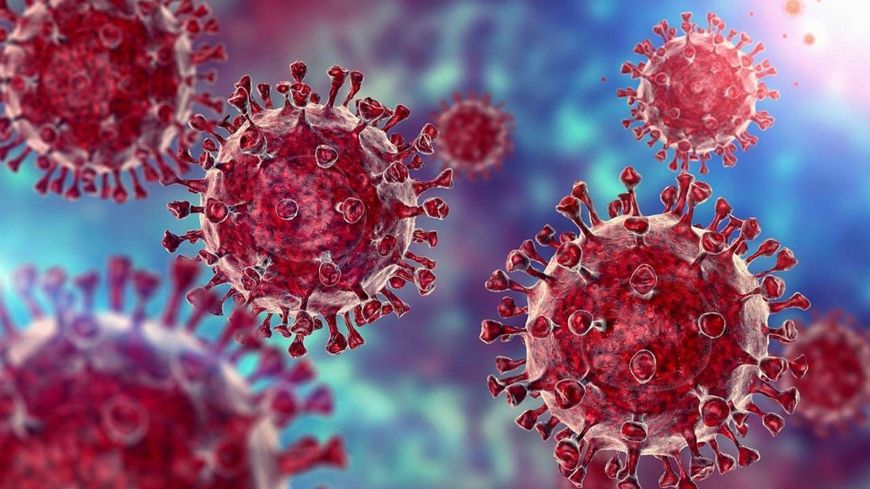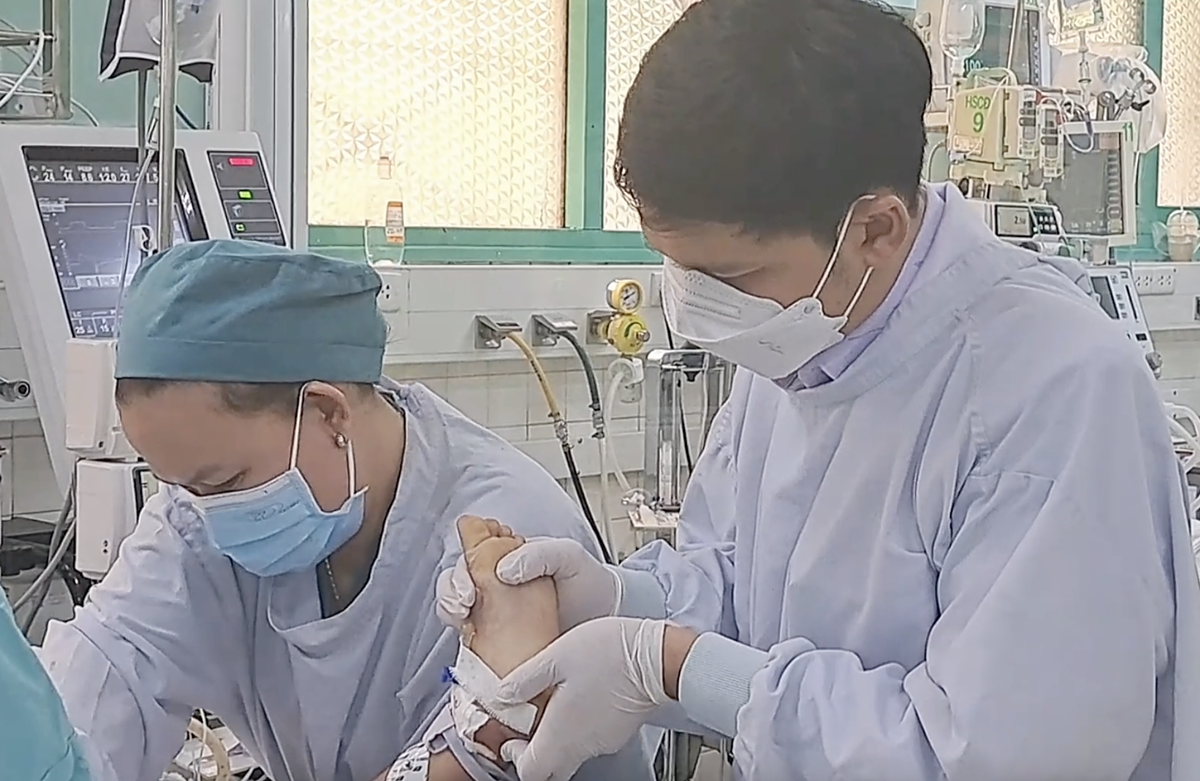What you need to know about the nCoV Pirola mutation
Pirola nCoV strain possesses more than 30 new mutations, similar to the way Omircon appeared, causing concern to scientists.
Health authorities around the world are monitoring a new subtype of Omicron, infecting four countries, named BA.2.86, or Pirola. Due to possessing many mutations, it is markedly different from previous virus strains. On August 23, the US Centers for Disease Control and Prevention (CDC) said that this new virus strain is even more effective than previous strains. It is not clear whether Pirola can cause more severe illness than the older generation of viruses.
Earlier, the CDC said it was collecting more information about the mutation in the US to learn about the characteristics. The World Health Organization (WHO) also added Pirola to its list of "monitored strains".
Features of Pirola
William Schaffner, an infectious disease specialist and professor at Vanderbilt University School of Medicine, said Pirola is a strain with a high number of mutations in the spike protein - the part viruses use to infect cells. According to Bloom Lab's analysis, in Pirola there are 34 mutations that develop from BA.2 and 36 mutations related to XBB.1.5. These are all strains that have prevailed in the US and many regions.
Symptoms after infection with Pirola
Currently, scientists do not have much information about the symptoms of Pirola. In a statement, the US Department of Health said the patient infected with this variant had mild symptoms and did not require hospitalization. Professor Thomas Russo, Head of the Department of Infectious Diseases at the University of Buffalo (New York), also said that the clinical features of this variant are limited.
However, according to many experts, it carries all the symptoms of earlier versions of Omicron. Patients may experience fever, chills, cough, shortness of breath or difficulty breathing, fatigue, body aches, headache, loss of taste, sore throat, stuffy or runny nose, nausea or vomiting, and diarrhea. run.

How is Pirola different from Eris?
At the same time Pirola appeared, scientists also tracked another variant, Eris (EG.5), which is also a descendant of Omicron. As a result, Pirola and Eris are "members of the same family," Schaffner said. He said the two have different mutations in the spike protein.
However, as of now, Eris is more widespread than Pirola, at least in the US.
"Pirola seems to be quite contagious, possibly competing for dominance with Eris," Schaffner said.
Concerns surrounding Pirola
According to analysis by Bloom Lab, many of Pirola's mutations help the virus evade antibodies effectively. This means that people who have been vaccinated or have had Covid-19 can still contract the virus. This situation is similar to when Delta and Omicron appeared.
According to Professor Russo, in terms of epidemiology, the appearance of Pirola is not as serious as the period when Delta evolved to Omicron, because the new strain still originates from BA.2 (which is the next generation of Omicron).
"People shouldn't be too worried about it. This is the mechanism of the virus, not a new strain to worry about. It doesn't cause more severe symptoms," Schaffner said.
Professor Russo hopes the booster vaccine, which will be rolled out in the fall, will protect people against the effects of Pirola and Eris. However, at present, experts do not know the specific effectiveness of the vaccine.
* SOURCE: https://vnexpress.net/dieu-can-biet-ve-bien-chung-ncov-pirola-4645562.html









 Facebook
Facebook
 Tweet
Tweet
 Zalo
Zalo







 News
News

















 Sign in with Facebook
Sign in with Facebook
 Sign in with Google
Sign in with Google